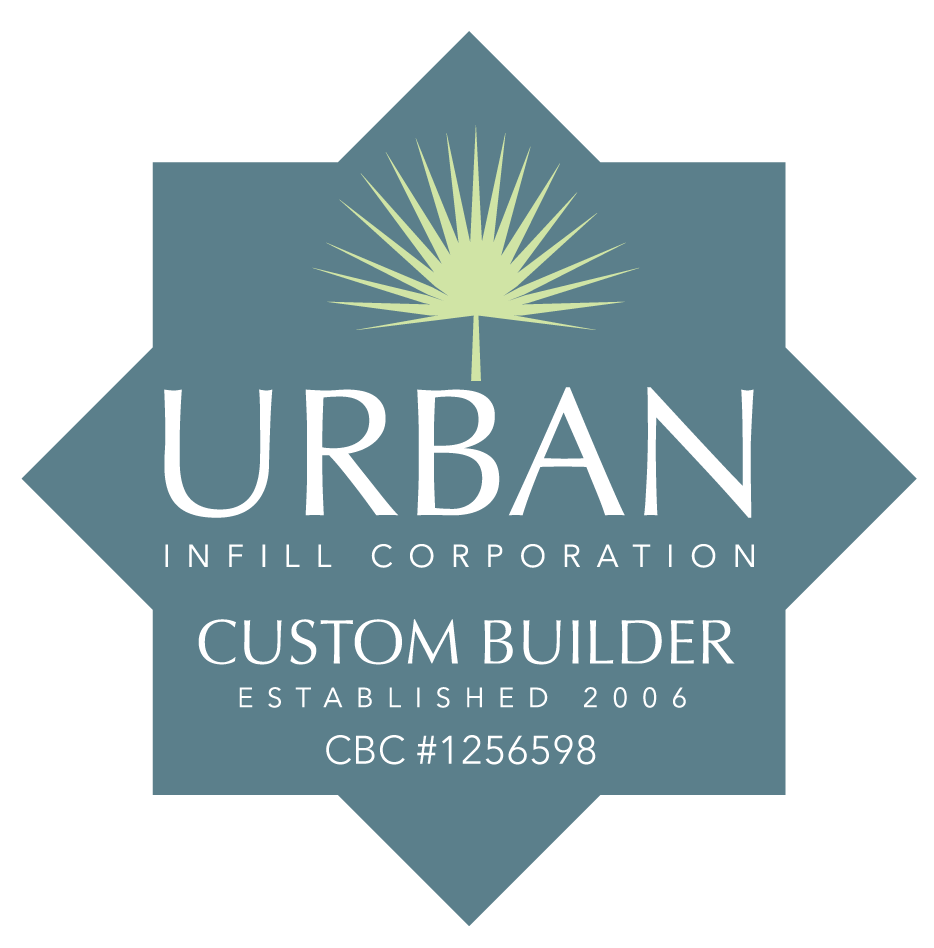Is It Worth Buying a House with Termite Damage?
Buying a home with termite wood damage might sound like a risky move, but it really depends on the severity of the damage and whether it’s been properly repaired.
In many cases, termite damage repair can restore the home’s integrity, making it just as solid as one without a history of termites. But before you invest, there are a few things to consider.
Check the Extent of the Damage
Not all termite damage is created equal. If it’s minor termite damage—like surface-level wood deterioration or a few weakened boards—it’s usually an easy fix.
However, if termites have chewed through key structural elements like framing, support beams, or flooring, you could be looking at higher restoration costs. The best way to know for sure? Get a professional termite damage repair contractor to inspect the home before making a decision.
Has the Damage Been Repaired Properly?
A home with previous termite issues isn’t necessarily a bad investment—as long as the repairs were done right.
Ask for documentation of past termite restoration efforts, including treatment records and repair receipts. If the home has been properly treated and preventative measures have been taken, you might be getting a great deal. But if there’s evidence of shortcuts or untreated areas, you could be inheriting someone else’s expensive problem.
Consider Future Protection
Even if the home has been treated for termites, you’ll want to think about long-term prevention.
Ask about the recent cost of termite treatment applications and whether a warranty or ongoing pest management plan is in place. Investing in professional termite protection can save you from major headaches (and repair bills) down the road.

What Are the Signs of Termite Damage?
Spotting termite wood damage early can save you from costly repairs and major headaches.
Termites are sneaky, often causing structural issues behind walls, under floors, or in crawl spaces before homeowners even realize they have a problem. If left untreated, termite damage repair costs can skyrocket, so be on the lookout for the warning signs before things get worse.
Here are some common indicators of minor termite damage that could mean a bigger issue is lurking beneath the surface:
- Hollow-Sounding Wood When Tapped:
- Termites eat wood from the inside out, so if your walls, floors, or furniture sound hollow, there could be trouble underneath.
- Cracked or Bubbling Paint:
- As termites tunnel through wood, they can create moisture buildup, leading to paint that bubbles or peels.
- Mud Tubes Along Walls or Foundations:
- Subterranean termites build these tiny tunnels to travel between their colony and food source. Finding these is a strong sign of infestation.
- Discarded Wings Near Windows or Doors:
- Swarming termites shed their wings after mating season. If you find piles of tiny, transparent wings, termites are nearby.
- Buckling Wood or Sagging Floors:
- Termites weaken wood, which can cause floors to warp, ceilings to sag, and even doors or windows to stick.
- Termite Swarms Around Your Home:
- Seeing a cloud of winged insects near your home during the spring or summer? That could be a termite swarm looking for a new place to settle—and you don’t want it to be your house!
Since termites work behind the scenes, damage can go unnoticed until it becomes severe. If you spot any of these signs, it’s time to call a termite damage repair contractor in Pensacola, FL, for a professional assessment. The sooner you address the problem, the easier and more affordable the repairs will be.
Have More Questions? We Have Answers!
Termite damage can feel like a nightmare, but with the right plan, your home can be restored and protected for the long run.
If you’re unsure how to fix termite damage, the first step is scheduling an inspection with a trusted termite damage repair contractor in Pensacola, FL. At Urban Infill Corporation, we understand how important it is to get your home back in shape before matters get worse.
With expert restoration, your home will be stronger, safer, and ready to stick by your side well into the future. Get in touch with us, and let's work together to bring your home back from termite damage.





